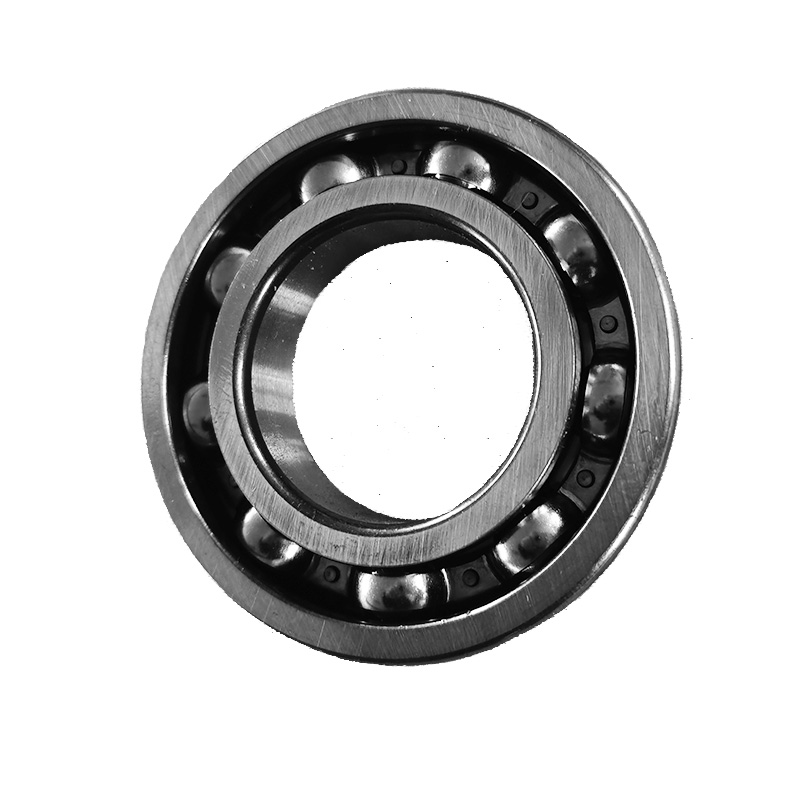Conveyor systems play a crucial role in industries worldwide, facilitating the movement of materials and products with efficiency and precision. At the heart of these systems lie conveyor bearings, the essential components responsible for smooth and reliable conveyor operation. In this article, we will explore the significance of conveyor bearings, their functions, types, and the importance of selecting the right bearing for optimal performance.

The Role of Conveyor Bearings
Conveyor bearings are designed to provide support and reduce friction between the rotating shafts or pulleys and the stationary framework of a conveyor system. These bearings enable the smooth and continuous movement of conveyor belts, ensuring the efficient transportation of goods and materials.
Functions and Benefits
Load Support: Conveyor bearings bear the weight and load of the transported materials, ensuring stability and preventing excessive stress on the conveyor system. They provide support and minimize deflection, allowing for efficient and reliable operation.
Friction Reduction: Bearings minimize friction between moving parts, such as rollers, pulleys, and shafts, reducing energy consumption and extending the lifespan of the conveyor system. Lower friction results in smoother operation, reducing wear and tear on components and minimizing maintenance requirements.
Alignment and Tracking: Conveyor bearings help maintain proper alignment of rollers or pulleys, preventing belt misalignment and reducing the risk of jams or disruptions. Proper alignment ensures consistent and accurate material flow, enhancing operational efficiency.
Types of Conveyor Bearings
Ball Bearings: Ball bearings are the most common type of conveyor bearings. They consist of an outer ring, inner ring, steel balls, and a cage. These bearings provide low friction and high precision, making them suitable for various conveyor applications.
Roller Bearings: Roller bearings feature cylindrical or tapered rolling elements, providing increased load capacity and handling capabilities. They are often used in heavy-duty conveyor systems, such as mining or bulk material handling.
Sleeve Bearings: Sleeve bearings, also known as bushings, have a cylindrical design and provide low friction and wear resistance. They are commonly used in conveyor rollers, offering cost-effective solutions for light to medium load applications.
Choosing the Right Conveyor Bearing
Selecting the appropriate conveyor bearing Wholesale is crucial to ensure optimal system performance and longevity. Factors to consider include:
Load Capacity: Consider the anticipated load and weight of the materials being transported. Choose bearings with sufficient load capacity to handle the expected loads, ensuring reliable and efficient operation.
Environmental Factors: Take into account the operating environment of the conveyor system, including temperature, humidity, dust, and contaminants. Opt for bearings with appropriate seals or coatings to withstand harsh conditions and prevent premature failure.
Speed and Precision: Evaluate the required speed and precision of the conveyor system. Bearings with high-speed capabilities and enhanced precision, such as sealed or shielded options, may be necessary for specific applications.
Maintenance and Reliability: Consider the maintenance requirements and expected service life of the bearings. Opt for bearings that are easy to maintain, lubricate, and replace, minimizing downtime and ensuring long-term reliability.
Conveyor bearings play a vital role in the efficient and reliable operation of conveyor systems. By reducing friction, providing load support, and ensuring proper alignment, these bearings contribute to smooth material movement, increased operational efficiency, and extended equipment lifespan. Proper selection and maintenance of conveyor bearings are crucial for maximizing system performance and minimizing downtime, ultimately leading to improved productivity and cost-effectiveness in various industries.
评论
发表评论